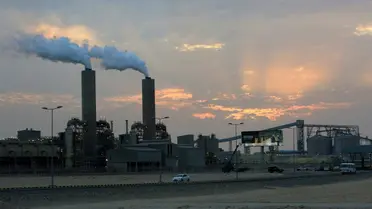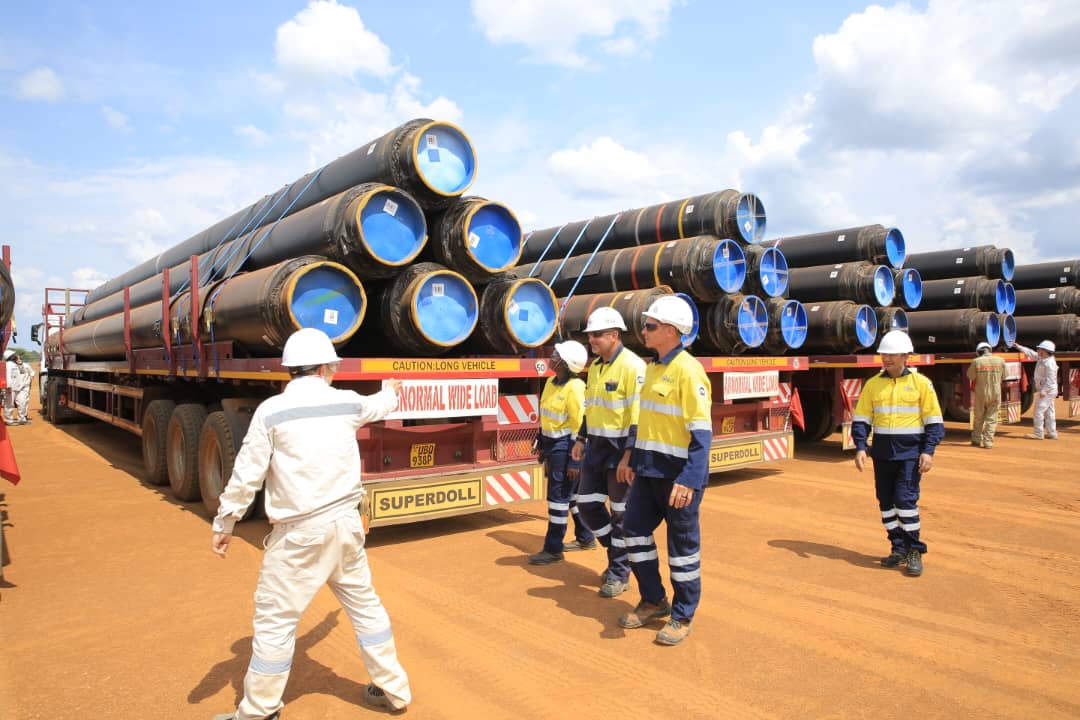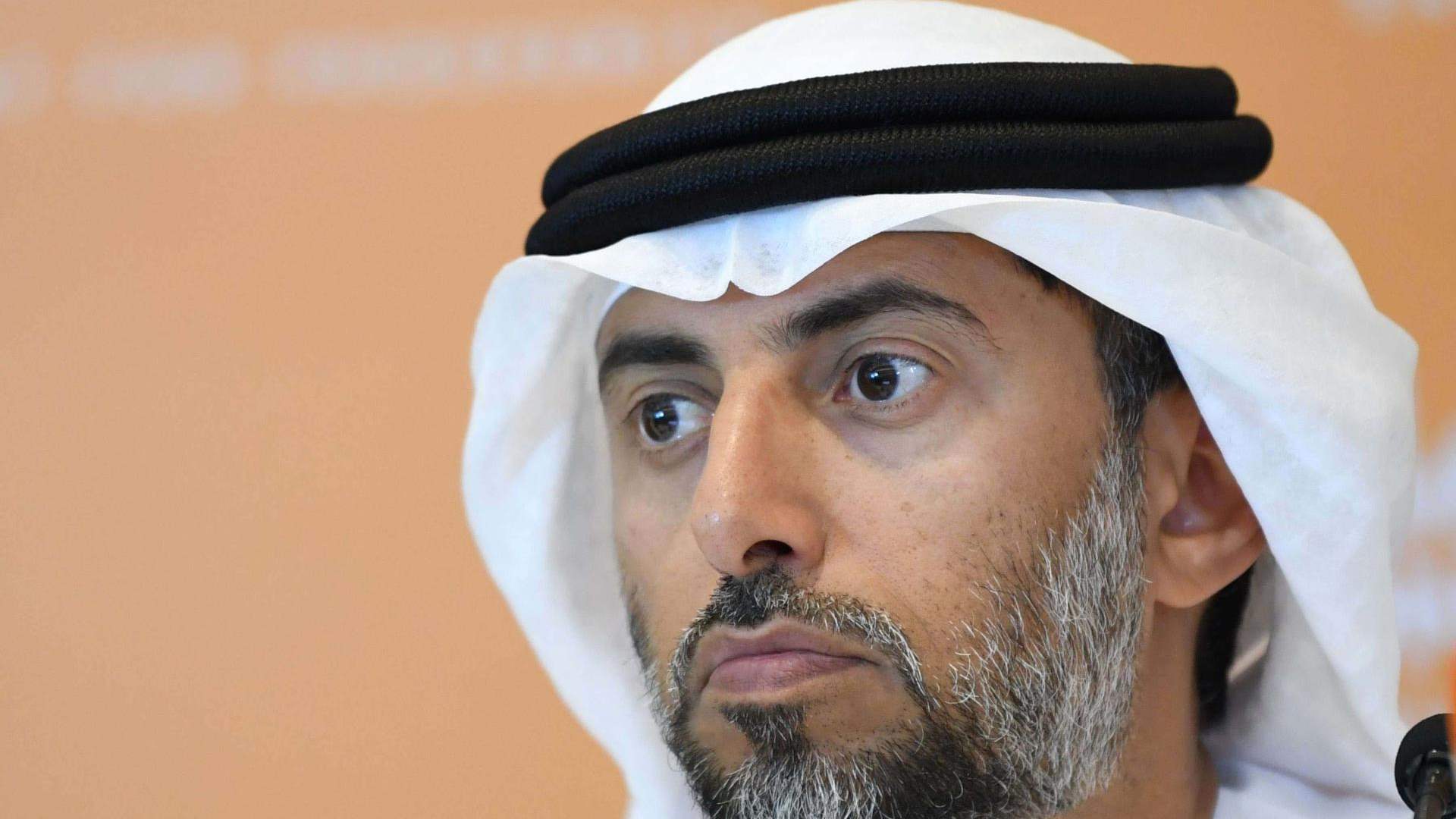Distribution

Role of IoT in Revolutionizing Smart Grids Across the Middle East

For utility leaders in the Middle East, the transition to IoT-driven smart grids has shifted from a strategic vision to an operational necessity. These intelligent networks are becoming the only viable way to manage rising electricity demand, integrate renewable energy, and meet public expectations for an "always-on" power supply. The region's harsh environment further necessitates rugged, multi-layered communication systems, making robust IoT design essential.
The core of a modern smart grid is a unified system comprising several layers. It begins with a sensing layer of smart meters and field sensors that provide real-time visibility. This data is transported via secure communication networks (like NB-IoT and RF mesh) to edge devices that enable local, automated decisions, and finally to a central control platform for grid-wide management. This architecture allows for applications like automated fault restoration, peak-load optimization, and predictive maintenance of critical assets.
Key drivers for this modernization include aggressive national initiatives, such as DEWA's $1.9B smart grid program in Dubai and Saudi Arabia's rollout of over 10 million smart meters. Furthermore, the rapid expansion of renewable energy, like solar parks, makes IoT critical for forecasting output and stabilizing the grid. However, scaling these projects is governed by strict national compliance and cybersecurity frameworks in countries like the UAE and Saudi Arabia, which must be integrated into the architecture from the outset.
Despite the momentum, utilities face significant challenges. These include integrating new IoT systems with legacy SCADA and IT infrastructure, managing cybersecurity risks across millions of new endpoints, and overcoming the region's extreme environmental conditions. A phased implementation strategy—starting with a unified data foundation, ensuring multi-layer connectivity, and prioritizing security—is crucial for success. The future of these grids lies in greater edge AI for local decision-making and deeper integration with other urban systems, ultimately creating a self-adjusting, resilient energy network.












